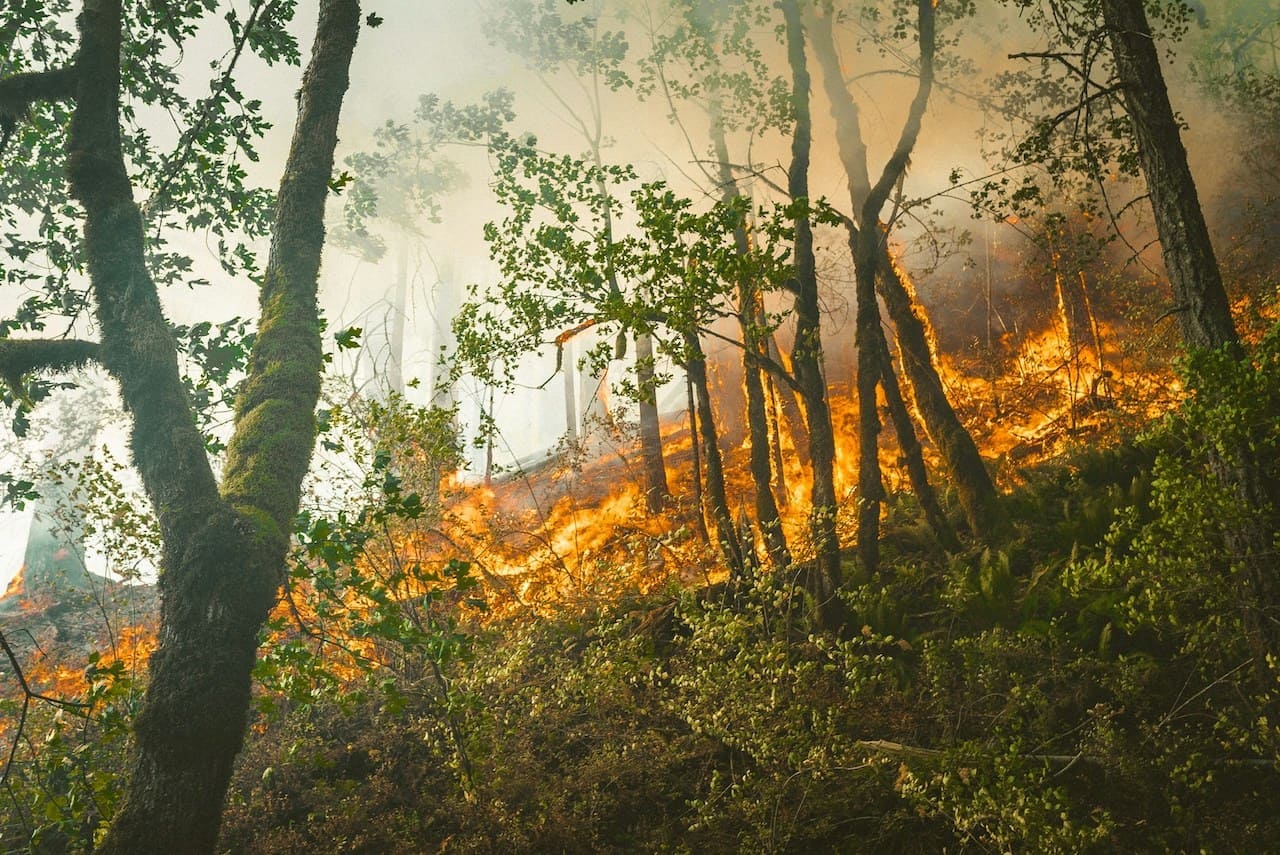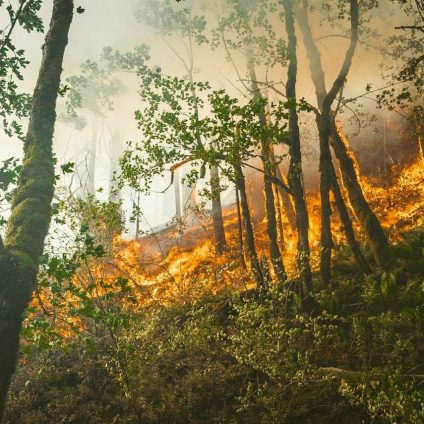On the California insurance market—battered by wildfires that have slashed coverage and driven up costs—a new wildfire insurance model has just emerged. The twist? Premiums and deductibles are tied to actual prevention measures, such as forest thinning and controlled burns.

A breakthrough in wildfire insurance has just reached the California market—one that could reshape how communities face climate-driven disasters. As private insurers pull out and state programs falter under pressure, a new policy model is offering a lifeline by directly linking insurance costs to wildfire prevention efforts.
In California, where rising temperatures have amplified wildfire risks, the insurance market is reaching a breaking point. The latest fires scorched neighborhoods across Los Angeles, with damage estimates ranging from $50 to $250 billion. Private insurers responded by canceling policies, raising premiums, or leaving the market altogether. Even the state’s safety net, the FAIR Plan, is struggling to cope.
What if wildfire insurance costs were tied to local efforts to boost ecosystem resilience? That question led Willis, a division of WTW, and The Nature Conservancy (TNC) to design a new insurance product: Wildfire Resilience Insurance. The model aims to revolutionize how wildfire risk is assessed and insured.
How wildfire resilience insurance works
This $2.5 million policy was developed for the Tahoe Donner Association, a homeowners’ group based in Truckee, California. What makes it different? Insurance premiums and deductibles are tied to ecological forest management practices—like thinning and controlled burns—that reduce fire risk.
With support from the Center for Law, Energy and the Environment (CLEE) at UC Berkeley, the policy shows how targeted interventions can both lower premiums and improve insurance accessibility.
Key techniques used by Tahoe Donner include:
- tree thinning, which reduces combustible material and supports healthy forest growth
- controlled burns, which safely remove flammable underbrush
These are the same tools used—when funding allows—by state and local California authorities to prepare for fire season. That makes this insurance model potentially scalable.
Since 2015, Tahoe Donner has applied these practices to over 1,500 acres of land. The impact is tangible: the new policy covers nearly 1,400 acres of forest and recreational land, with premiums reduced by 39% and deductibles cut by 89% compared to a non-managed scenario.
A new path forward as wildfire threats grow
This insurance model arrives at a critical moment. The devastating fires that hit Los Angeles in early 2025 are only the latest in a growing crisis fueled by climate change. Over the past five years, hundreds of thousands of Californians have lost their insurance coverage due to increased wildfire risk. Many were forced to rely on the state’s FAIR Plan, which saw a 123% surge in residential policies from 2020 to 2024.
This new policy aims to offer a more affordable, market-based solution for communities investing in forest management. Just as importantly, it could serve as an incentive for other associations and local governments to adopt similar resilience strategies—turning ecological stewardship into a tangible insurance benefit.












